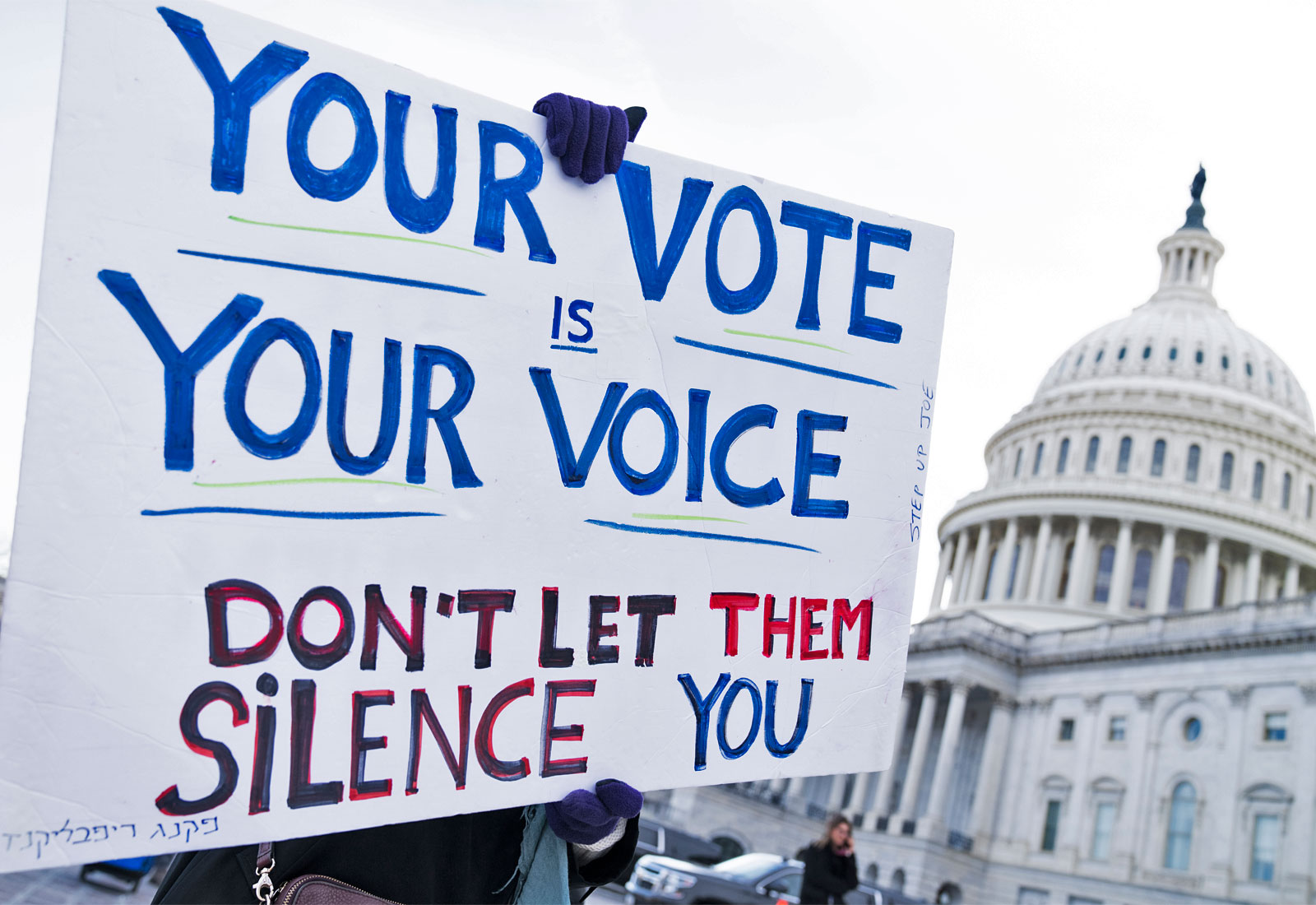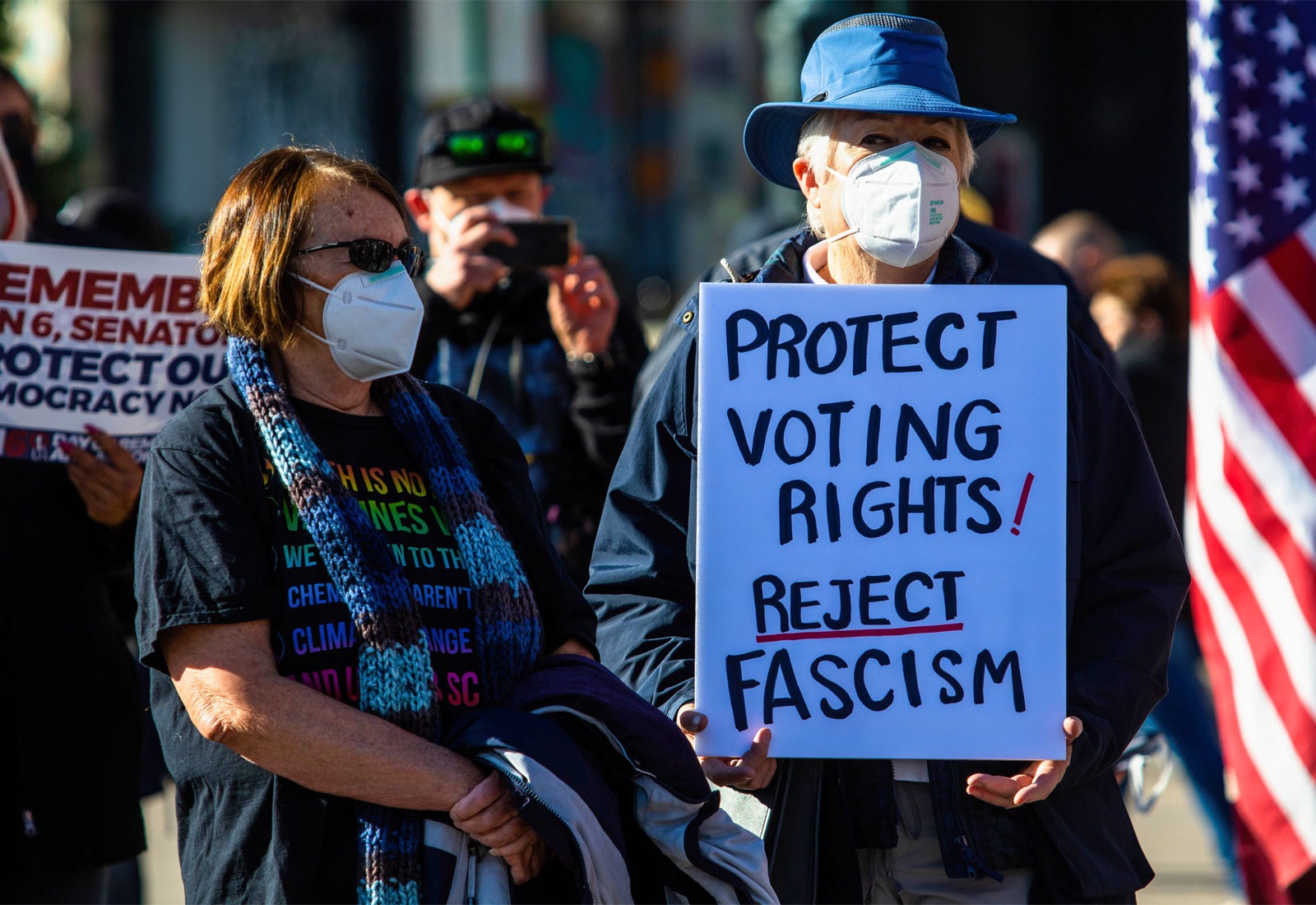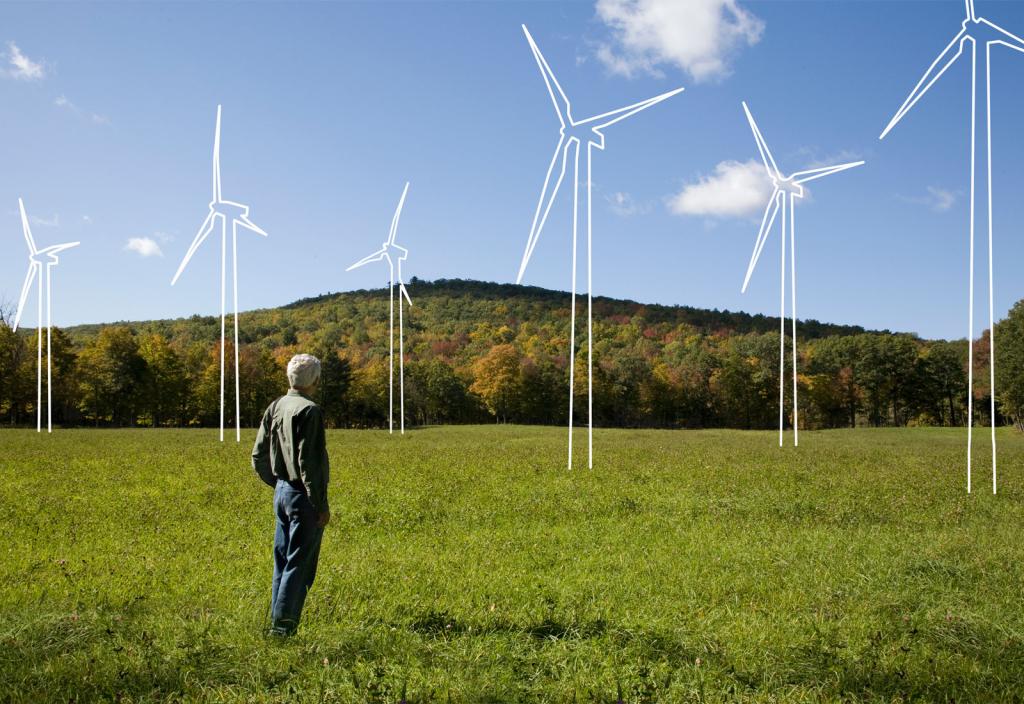As studies increasingly tally the death toll of climate change, the recent stalemate over voting rights legislation in the Senate puts the United States at a grave crossroads.
The Republican Party that is rolling back voter protections in the states and blocking them on Capitol Hill _ enabled by conservative Democrats _ is the same party blocking, watering down, and gutting environmental protections at every opportunity. That means that as long as voting rights hang in the balance, so does environmental justice.
Last year, a study by Harvard University and British researchers found that nearly 9 million people around the world died in 2018 from inhaling the particulate matter of fossil fuel pollution. That includes 350,000 premature deaths across Pennsylvania, Ohio, Michigan, Indiana, Kentucky, West Virginia, Illinois, New Jersey, and Wisconsin.
In another ground-breaking 2021 study published in the Lancet, nearly 70 researchers found that more than 5 million people a year are dying from extreme cold or heat, with heat deaths expected to increase. That includes 173,600 deaths a year in the U.S.
There were no racial breakouts for those studies, but there is plenty of evidence that the very people most in need of voting rights are also in need of environmental protection.
In New York City, Black people comprise 24 percent of the population but accounted for 49 percent of heat-related deaths from 2000 to 2012, according to city data. Chicago is 29.6 percent Black but in its historic 1995 heat wave, 49 percent of fatalities were Black. In California, emergency visits for heat-related illness from 2005 to 2015 rose by 27 percent for White victims, but they soared a respective 67, 63, and 53 percent among Black, Latino, and Asian victims.
In the South, the disproportionate proximity of people of color to coal ash dumps, refineries, oil and gas fracking sites, and “cancer alleys” hyper-concentrated with petro-chemical plants is well documented. In the predominantly Black town of Reserve, Louisiana, chemical plants give residents a cancer risk 50 times the national average.
It thus should be no surprise that voters of color are also environmental voters. In a 2020 Yale University and George Mason University poll, 69 percent of Latinos and 57 percent of Black respondents said they were “alarmed” about climate change. That compares to just 49 percent of White respondents.
The alarm is because Black and Latino households disproportionately breathe in the particulate pollution from our consumption of goods and services – disproportionately caused by White households. Black and Latino households are more likely to be in “fenceline communities,” a term used for neighborhoods in close proximity to, or literally abutting, industrial facilities and traffic corridors.
Black and other families of color are also more likely to live in neighborhoods that become potentially fatal summer heat islands for lack of tree shade and less ability to afford air conditioning. Flood risks under climate change are expected to dramatically shift disproportionately to predominantly Black census tracts, in a country where families of color are less able to access federal aid.
Many of these environmental injustices, which result in chronically compromised health, are tragically being exposed during the COVID-19 pandemic. Two years into the pandemic Black, Latino, and Indigenous people still have double the chance of dying from an infection than a White person.

The Biden administration promised action on environmental justice and last week, Environmental Protection Agency Administrator Michael Regan outlined several actions it was taking to achieve that goal, including $600,000 for air monitoring in the U.S.’s most infamous cancer alley in Louisiana. At best, that’s a tiny first step when there are 150 toxic plants along the Mississippi River between Baton Rouge and New Orleans, with several census tracts having the highest cancer rates in the nation.
The chances of having state and federal agencies with the commitment to eliminate the disparities, remediate the damage, and regulate future industrial pollution depends on the most affected people being able to elect the most effective, representative government.
Between 2011 and 2012, as a clear attempt to stop the possible reelection of the nation’s first Black president, 19 states passed 27 laws making it harder for people to vote according to the American Civil Liberties Union. Last year, after President Trump claimed a stolen election and egged on the January 6 insurrection, the same number of states passed 34 laws restricting voter rights. The nastiness of the measures was symbolized by Georgia’s criminalizing the act of passing out water to voters in long lines.
Despite 25 states also passing laws last year expanding voting rights, the Brennan Center for Justice said, “this expansive legislation does not outweigh the impact of the restrictive laws… there is a stark and growing divide in the nation, where access to the right to vote increasingly depends on the state in which a voter happens to reside. That divide only stands to widen next year unless Congress acts.”
With Republicans controlling the legislature in 30 states, it means that any high turnout by voters of color in much of the country is democratic heroism. One example is the 2020 primary in my home state of Wisconsin, where Republicans required in-person voting, despite COVID-19 raging throughout the state. Milwaukee was hit so hard by the pandemic, it had only five polling places open, one at Marshall High School, my alma mater.
I was proud of the long lines at my old school. Even before all this, I experienced how easily a voter could be disenfranchised by the sheer laziness of voting officials. The weekend before the 2008 presidential election, my father was in a Veterans Administration hospital in Milwaukee for a heart attack. Hooked up to I.V.s and monitors, he said he still wanted to vote. So I went downtown to the city’s election office to get him an absentee ballot. The clerk insisted the deadline had passed for him to obtain one, even for major health reasons.
I went back to the hospital and told my dad this in front of one of his nurses. The nurse happened to be a patient advocate for various services, including elections. She angrily said that what I was told was nonsense for hospitalized veterans. She left the room and returned with a document for me to take back downtown.
When I went back to the elections commission, the same clerk saw me coming, remembered me, and had words for me before I could open my mouth.
“I thought I told you that you were too late,” she said.
I handed over the document: “Take this to your supervisor.”
I watched the clerk and her supervisor stammer for a few minutes before the clerk finally came back and gave me the ballot, without a word, without apology.
I went back to the hospital with the ballot and watched as my dad’s hands — trembling from his traumas — marked off the spot for Barack Obama. I learned forever that if it is this hard for just one Black man to vote, even in one of the “bluest” cities in the United States, who knows what barriers will rise elsewhere?

We’re getting that answer. While the turnout in the 2020 presidential election was historically high, aided with early voting and pandemic mail-in balloting, major racial gaps in turnout persist. The Brennan Center found that while white turnout was 71 percent. Black, Asian, and Latino turnout was a respective 63, 60, and 54 percent. Overall, the turnout of people of color was 58 percent, 13 percentage points behind that of White voters.
In a college basketball game, a 71-58 final score would be decisive from any angle. The Brennan Center, citing several studies on voter ID laws, distance to polling stations, and reductions of early voting days, said, “There is ample evidence that the sorts of barriers being introduced by Republicans this year disproportionately reduce turnout for voters of color.
This is happening at precisely the same time that young voters and voters of color are voting for environmental protection. Tufts University’s Center for Information & Research on Civic Learning and Engagement (CIRCLE) reported a big boost in 2020 turnout among voters aged 18 to 29, with climate change hugely on their mind. Those voters were crucial in Biden winning battleground Arizona, Georgia, Michigan, Pennsylvania, and Wisconsin. While 78 percent of all voters 18-29 said they were concerned about climate change, 84 percent of young voters of color said they were concerned.
Nathaniel Stinnett, head of the Environmental Voter Project, told public radio’s “Living on Earth” that high Black turnout, with the environment as a priority, helped send Georgia’s first Black and Jewish senators to Washington in a special 2021 runoff. The project’s analysis of the election found that nearly 7,000 voters who voiced strong concerns for the environment voted in the runoff even though they had not voted in the state’s monumental presidential upset of Trump by Biden.
Stinnett said these voters care about the environment “because coal-fired power plants aren’t put in lily-white suburbs. They’re put in communities of color.”
If there is one good thing from this war on voting rights, it’s that legacy environmental groups are signing up for the fight after years of frequent criticism for pursuing conservation agendas and greenhouse gas strategies that leave out communities dealing with fossil pollution. Back in June, environmental and conservation organizations were prominent among the more than 200 groups calling for an end to the Senate filibuster.
The coalition called the filibuster, the rule that requires 60 votes in the 100-seat chamber to close debate to let most legislation reach the floor, “a relic of the Jim Crow era. It was designed and used for decades to thwart civil rights legislation, including blocking critical protections for voting rights and anti-lynching legislation. It has also been used to stop legislation that would protect workers, to relax environmental safeguards, and to stifle other legislative initiatives that have had broad support among the American people.”
As Texas Southern environmental policy professor Robert Bullard told E&E News last month, “Our environmental justice movement grew out of civil rights, and the fight for equal protection, the fight and the right to vote and not be intimidated, and not to be treated differently in that way.” It is critical to the fate of democracy and the planet itself that the Senate sees it this way.



